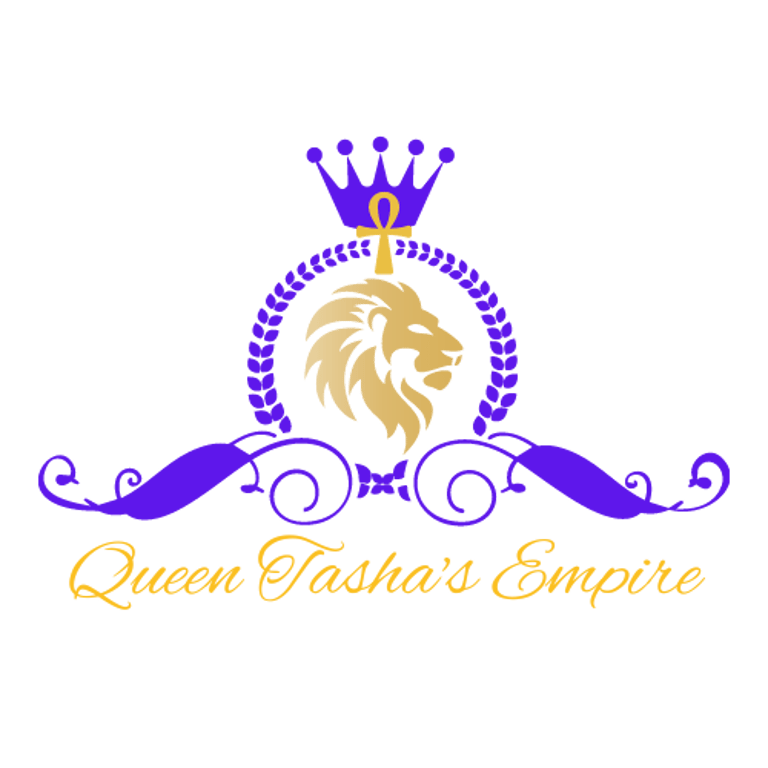Celebrating PRIDE Month: A Journey Through History and Personal Perspectives
Join me in exploring the history of Pride, the unique experiences of bisexuals, and the importance of Black PRIDE. Happy PRIDE Month!
INSPIRATION & GROWTH BLOG
Queen Tasha
6/8/20247 min read


"People be Gay" - Quinta Brunson
Ah, June! The month when rainbows adorn the skies and streets, the air is thick with glitter, and the world comes together to celebrate the beautiful spectrum of human sexuality. Welcome to Pride Month! Whether you're a parade veteran or a first-time reveler, there's always something magical about this time of year. June is a month of rainbows, parades, and an explosion of joy as people around the world come together to celebrate Pride Month. But Pride is more than just a festival; it’s a time to honor the history, struggle, and victories of the LGBTQ+ community. It's a moment to recognize our collective strength, to embrace who we are, and to champion love in all its forms. For those of us who identify as bisexual, Pride holds a unique significance, highlighting the rich diversity within our community and the varied experiences we navigate. Let’s take a journey through the history of Pride, explore what it means to be bisexual in today’s world, and find some fun and meaningful ways to celebrate this vibrant month.
The Roots of Pride: A Historical Overview
The origins of Pride Month trace back to the Stonewall Riots of June 1969, a pivotal moment in LGBTQ+ history. The Stonewall Inn in New York City was a safe haven for many in the LGBTQ+ community, especially for marginalized groups such as transgender people and people of color. When police raided the bar on June 28, the patrons fought back, leading to several days of protests. This uprising sparked the modern LGBTQ+ rights movement, leading to the first Pride march in 1970.
Since then, Pride parades have become an annual event, celebrating LGBTQ+ identity and advocating for equal rights. These parades are not just a celebration but a loud, vibrant protest against discrimination and an assertion of visibility and acceptance. Over the decades, Pride has evolved into a global phenomenon, encompassing a wide range of activities, from parades and parties to educational events and memorials.
Bisexuality: Navigating a Unique Path
Being bisexual often means living in a world where you navigate not just between heterosexuality and homosexuality but also through a sea of misconceptions and prejudices. Unlike being gay or lesbian, where one’s attraction is to a single gender, bisexuality involves a more fluid experience of love and attraction. Bisexuality, defined as the attraction to more than one gender, exists on a spectrum. It defies the binary notion of gay or straight and instead embraces the fluid nature of human attraction.
Different Journeys, Different Challenges
For many bisexuals, the journey of coming out is different compared to our gay and lesbian counterparts. For many, like myself, there’s never been a defining "coming out" moment. I’ve never felt the need to make a grand announcement about my sexuality. If you know me NOW, you know my orientation. If you knew me before, you might not. I’ve never hidden it, but I’ve also never felt the need to make it a formal declaration. This can be a common experience among bisexual individuals, as our sexuality is often misunderstood or overlooked.
This contrasts with the experiences of many gay and lesbian individuals, where coming out is often a pivotal and sometimes challenging life event. The societal pressure to fit into a binary category can make bisexuality seem invisible or less legitimate, a phenomenon known as bisexual erasure. This erasure often leads to a unique set of challenges and prejudices, both from within the LGBTQ+ community and from the outside world, being seen as not fitting neatly into either category.
Bisexuality is sometimes dismissed as a phase or a stepping stone to coming out as gay or lesbian. For bisexual women, there is often a hypersexualization and fetishization of their sexuality, while bisexual men may face stigma and assumptions about their masculinity or be wrongly perceived as closeted gay men.
Bisexuality and Relationship Styles
Sexuality and relationship styles can differ significantly depending on whether one is gay, straight, or bisexual. For bisexuals, the potential for attraction to multiple genders means that our relationships might not fit the traditional molds. We may find ourselves attracted to different genders at different times, or simultaneously. This fluidity can be confusing to those who view sexuality in more binary terms. A bisexual person in a same-gender relationship might be perceived as gay, while in a different-gender relationship, they might be seen as straight, both representing a monogamous relationship style. But there is also a Solo and Partner Polyamorus-style relationship as well. I identify as Bi-sexual and polyamorous falling on two spectrums of how I choose and express love.
Misperception can lead to the feeling of not truly fitting into either the heterosexual or homosexual communities. It's essential to recognize and validate bisexual identities regardless of current relationship status or style, as the fluidity of attraction and relationship style are a core aspect of bisexuality.
However, this also means that bisexuals have a unique opportunity to explore a wide range of relationships and connections. Our love and attraction can manifest in various ways, and this diversity is something to be celebrated. It’s essential to embrace the fluidity of our desires and to resist societal pressures to conform to a single narrative of sexuality.
The Importance of Pride: Visibility and Celebration
Pride Month is a time for everyone in the LGBTQ+ community to come together, celebrate our identities, and honor the progress we’ve made. It’s a moment of visibility and validation, allowing us to express ourselves freely and without shame. For those who may feel isolated or marginalized, Pride offers a sense of belonging and acceptance.
For bisexuals, Pride is particularly important because it provides a platform to challenge stereotypes and misconceptions. It’s an opportunity to stand up against biphobia and to assert our place within the larger LGBTQ+ community. Pride allows us to celebrate our unique experiences and to connect with others who share similar journeys.
The Segregation of Pride: A Critical Perspective of White Pride vs. Black Pride
While PRIDE began as a movement for all LGBTQ+ individuals, it's no secret that racial divides have often fragmented the community. This segregation is painfully evident in the distinction between "White PRIDE" and "Black PRIDE." Despite the fact that the LGBTQ+ rights movement was significantly propelled by Black and Latinx individuals, notably trans women like Marsha P. Johnson and Sylvia Rivera, the benefits and recognition often skew towards white LGBTQ+ individuals.
The Origins and Impact of Black PRIDE
Black PRIDE events emerged out of necessity, creating spaces where Black LGBTQ+ people could celebrate their identities free from the marginalization they often face within predominantly white LGBTQ+ spaces. These events highlight the intersectionality of race and sexual orientation, acknowledging that the experiences of Black LGBTQ+ individuals are shaped by both racism and homophobia.
One of the most famous Black PRIDE celebrations takes place in Atlanta during Labor Day weekend. Atlanta Black PRIDE is not just a party; it’s a powerful testament to the strength and resilience of Black LGBTQ+ individuals. It provides a space for cultural expression, community building, and activism, addressing issues that disproportionately affect the Black LGBTQ+ community, such as higher rates of violence, discrimination, and health disparities.
While living in Atlanta, I attended several Black PRIDE parties and events, and even hosted some of my own after-parties. I found myself more comfortable in the predominantly Black spaces, but I also attended BOTH pride events hosted in Atlanta over the years and had a different but fun experience at each of them separately.
While Pride is a time of unity and celebration, it’s also important to acknowledge the ongoing issues of segregation within the movement. Black Pride events, such as the one celebrated in Atlanta during Labor Day weekend, are a testament to the need for inclusive spaces where all members of the community can feel seen and valued. These events highlight the contributions of Black LGBTQ+ individuals and provide a safe space for celebrating their unique culture and experiences. It’s crucial to recognize and address these disparities within the Pride movement to ensure that it remains a space of true inclusivity and equality.
Celebrating Pride in Unique Ways
If you’re looking to celebrate Pride Month in ways that go beyond the traditional parade, here are some DIY and uncommon ideas to consider:
Host a Pride-themed movie night: Curate a selection of films that celebrate LGBTQ+ stories and characters. Invite friends over for a cozy night of cinema and conversation.
Host a Pride Picnic or Cookout: Gather your friends and family for a rainbow-themed picnic in the park. Bring colorful foods, wear your brightest outfits, and enjoy a day of love and laughter.
Create Pride art: Whether you’re into painting, drawing, or crafting, use your creative talents to make something that celebrates your identity. Share your art with the community or display it proudly in your home.
Organize a virtual Pride event: If you can’t attend a parade in person, host a virtual gathering with friends and family. Plan activities like online games, a virtual dance party, or a group discussion on LGBTQ+ issues.
Support LGBTQ+ businesses and artists: Use your purchasing power to uplift queer-owned businesses and artists. Whether it’s buying from an online shop or supporting a local vendor, your support can make a big difference.
Embracing Pride and Our True Selves
Pride Month is a vibrant celebration of love, acceptance, and diversity. It’s a time to honor our histories, advocate for our rights, and embrace the full spectrum of our identities. For bisexuals, it’s an opportunity to challenge stereotypes, celebrate our unique experiences, and connect with a community that understands and supports us.
Whether you’re attending a parade, hosting a Pride event, or simply reflecting on your journey, take this month to celebrate who you are and the love you have to offer. Pride is not just a moment; it’s a movement. And it’s a reminder that every expression of love is beautiful, valid, and worthy of celebration. So, throw on your rainbow colors, wave your flags high, and let the world know that you are proud to be you.
PRIDE Month is a powerful reminder of the progress made in the fight for LGBTQ+ rights and the work that still needs to be done. As a bisexual individual, I've found joy and affirmation in the festivities, and I encourage everyone to join in the celebrations. Let this month be a celebration of love, diversity, and the vibrant spectrum of human sexuality.
HAPPY PRIDE!
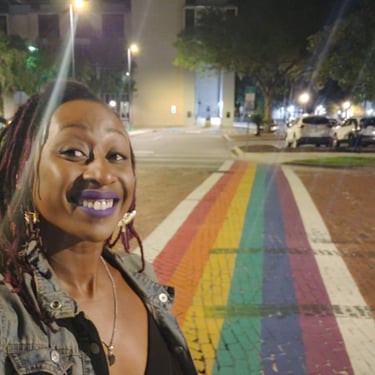
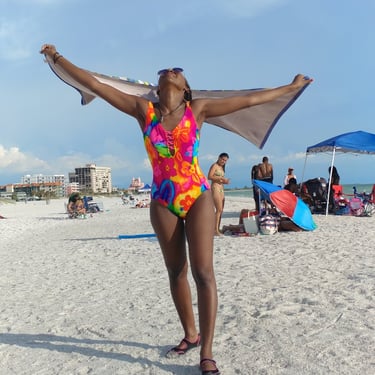
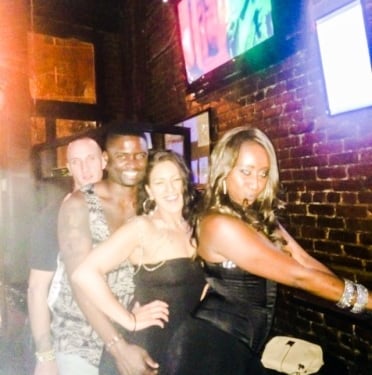
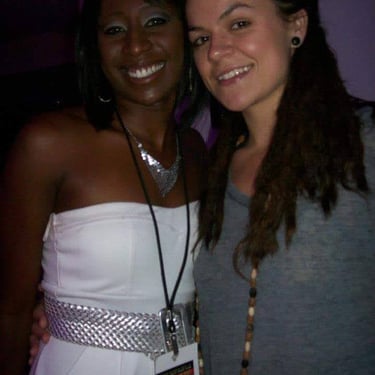
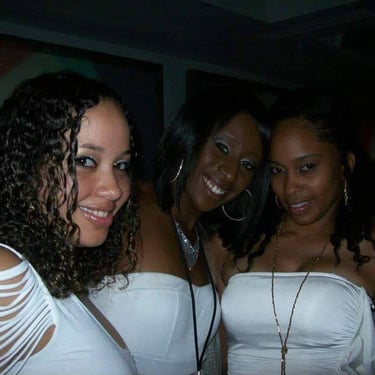
Mailing Address
690 Main St. PMB 10023
Safety Harbor, FL 34695
Subscribe to Newsletter
Contacts
QueenTashasEmpire@gmail.com
